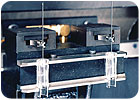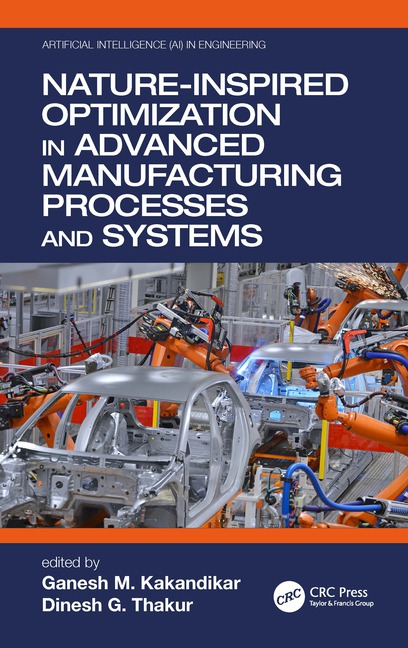Medical devices are the perfect application for machine vision.

A case in point-no pun intended-is a needle inspection system at the B. Braun Medical Inc. assembly plant in Penang, Malaysia. Equipped with a high-resolution vision system from PPT Vision Inc. (Eden Prairie, MN), the system inspects more than 60 different needle assemblies ranging from 25 to 100 millimeters in length. The system takes several measurements of each assembly, including the length and insertion depth of the needle, the straightness of the needle, and the bevel angle of the tip.
Depending on the size of the assembly, the camera captures up to eight images along the length of the needle, then stitches them together before a final measurement is made. A precision reference plate is positioned next to the needle to provide stitching references. The final measurements are accurate to ±10 microns. The inspection system includes a precision indexer, vibration-isolating mounts and special shields to minimize interference from exterior lighting.
Another medical device assembler uses a pair of smart cameras from PPT to inspect dialysis filters. The filter is a cylinder molded from clear or purple plastic. A small tube, or standpipe, protrudes from either end. The vision systems check for the presence of a polyurethane filter material near the top of each standpipe. Filters move past the cameras in parallel pairs. Each camera inspects one standpipe at a time. After each inspection cycle is complete, a control panel displays the results from all four standpipes simultaneously.
Lighting the application was challenging, since the polyurethane material is translucent and difficult to distinguish from the assembly itself. To complicate matters, the filters move past the cameras at 400 millimeters per second. Engineers solved the problem by backlighting the filters with two telecentric strobe lights positioned at an angle over each standpipe. The strobes are controlled by relays.
An assembler of hearing aid batteries uses a vision system from Cognex Corp. (Natick, MA) to check multipacks for missing or extra product. Incomplete packs are unacceptable to customers, of course, while the presence of an extra battery could jam the packaging machine when the foil backing is applied. Such an application might seem cut-and-dried, but in fact, it presented its own difficulties. Without the right lighting and object location software, variations in part contrast and reflections from the plastic can cause a high number of false rejects.
Not all medical device applications for machine vision involve high-volume production. In some cases, the need for absolute precision and reliability more than justifies the cost of automated inspection. Such was the case for DePuy Spine Inc. (Raynham, MA), which makes small screws and other implants for spinal surgeries. DePuy produces the implants in small batches. Instead of inspecting them manually, operators load the implants into clear plastic trays and hand them over to a tabletop Cartesian robot equipped with a PC-based vision system from Cognex.
The robot moves the camera from nest to nest, inspecting the implants one at a time. The worktable of the robot is illuminated to backlight the implants, and the camera can perform several inspections at each nest. If a faulty implant is detected, an alarm is triggered and quality assurance personnel remove the product for manual inspection. For traceability purposes, the results of all the inspections are tied to a bar code on each tray.
Other medical device applications for vision systems include inspecting blades for nicks and burrs; verifying placement of suture needles within retainers; gauging surgical staples; ensuring the presence of reagent pads; confirming the printed gradations on syringe barrels; and guiding packaging robots.



